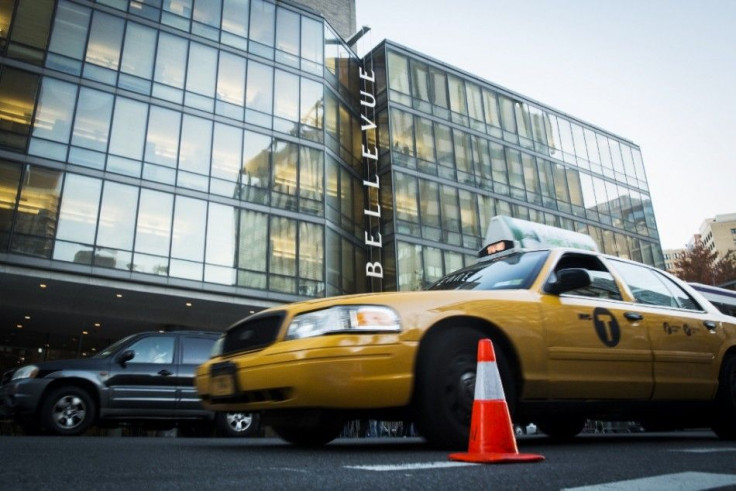The Cost Of Getting Infected With Ebola

Not only is getting infected with Ebola deadly, it is also fatal to one's pocket. In the United States, getting hospitalized for Ebola can churn up medical bills worth at least a maximum of $25,000 a day. That's for those with insurance. Those without, the bill could surge to hundreds of thousands of dollars.
Andrew Fitch, a health-care pricing expert at NerdWallet, said the cost of treating an Ebola patient, as with others, "vary vastly from hospital to hospital, starting with length of stay." But the figures, he said, could go up to $25,000 per day as this also includes waste disposal and cost of resources like protective gear, not just paying the medical staff. "I'd say that $8,000 per day figure is the bare minimum," he said.
In the case of Liberian patient Thomas Eric Duncan, who was uninsured, analysts surmised the cost for his care shot up to hundreds of thousands of dollars. The Texas Health Presbyterian Hospital would not confirm the figures. But analysts believed his family won't be billed a huge sum because the case was a high-profile one and that the hospital had admitted doing some mistakes in the process of its care for Duncan.
What makes care for Ebola treatment expensive is the quarantine. Fitch said that alone costs a potential maximum of $15,000 per day. Payments to attending health care workers, or the labour cost, is also a big factor because an Ebola patient is attended by a huge number of people. Duncan's example reportedly involved 50 people, either directly or indirectly. Intensive care units, or ICUs, already costly, play also an important role in the process.
Treating a person who is only suspected of having Ebola is already costly, according to Chris Ruder, vice president of patient care services at the University of Kansas Medical Center. Personal protective equipment alone cost already $100,000, and heavy plastic sheeting was between $8,000 to $10,000, among others.
"There were major categories of costs and expenses above and beyond what we'd necessarily have for any other patient," Ruder told the Kansas City Star. An instance would be the disposable equipment the physicians and nurses wore every time they went into the patient's room. Six nurses were assigned to a single patient, "a twelvefold increase in nursing care instead of the usual one nurse taking care of two patients in the ICU." The ratio of human resource to one patient was "exorbitantly higher."





















